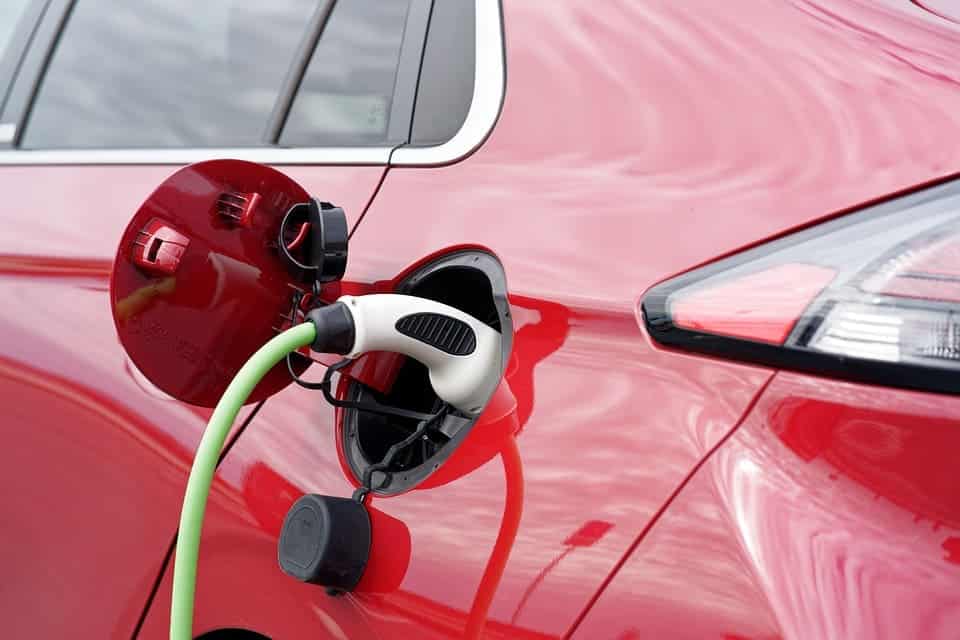As concerns about the environment and depleting fossil fuels intensify, the automotive industry’s shift towards Electric Vehicles (EVs) is not just a trend—it’s a revolution. Unlike traditional gasoline-powered vehicles, EVs run on electricity, offering a cleaner, more efficient mode of transportation. But how do we ensure these vehicles remain powered and ready to drive? Enter the world of EV charging.
The Importance of EV Charging Infrastructure
To foster the growth of EVs, there needs to be a robust and reliable charging infrastructure in place. The success of EVs largely depends on the convenience and accessibility of charging stations. For prospective EV owners, understanding the basics of charging is essential, as it differs significantly from the simple act of refueling at a gas station.
Types of EV Charging Stations
- Level 1 (L1): Uses a 120-volt AC plug and is best suited for home use. Charging can be slow, typically providing 2 to 5 miles of range per hour.
- Level 2 (L2): Operates at 240 volts and is commonly found in homes, workplaces, and public charging stations. It provides 10 to 60 miles of range per hour.
- DC Fast Charging: Offers the quickest charging speed, often restoring 60-80% of the battery in under 30 minutes. Suitable for long trips.
Home Charging: Installing an EV Charger
For many EV owners, home becomes the primary charging point. L2 chargers are popular for home installations, offering a balance between speed and cost. When considering a home installation:
- Check your home’s electrical capacity.
- Hire a certified electrician.
- Explore possible tax incentives or rebates.
Public Charging Stations: Finding and Using Them
Public charging stations are sprouting everywhere, from malls to restaurants. Here’s how to use them:
- Identify a compatible charger for your EV model.
- Plug in and follow the station’s instructions, which may involve using an app or card for payment.
- Remember to unplug once charged to free up space for others.
Workplace Charging: Benefits and Considerations
More employers are offering workplace charging as an incentive for employees. Benefits include:
- Reduced charging costs.
- Promotion of green initiatives.
- Attracting eco-conscious talent.
However, businesses should consider the costs, required space, and potential demand before installation.
EV Charging Etiquette and Best Practices
- Only use a public station if you need a charge.
- Don’t occupy a station longer than necessary.
- If the station is full and someone’s vehicle is fully charged, it’s generally accepted to unplug it.
- Always safely coil up the charging cable after use.
Future of EV Charging: Fast Charging and Wireless Charging
The evolution of EV charging technology is witnessing monumental shifts that could redefine our interaction with electric vehicles. Ultra-fast charging systems are being developed with the promise to dramatically slash waiting times. Imagine taking a brief coffee break and returning to find your vehicle fully charged, ready to traverse hundreds of miles. This not only minimizes the difference in refueling time compared to conventional petrol pumps but also eases one of the significant concerns potential EV buyers have: range anxiety.
On the other hand, wireless charging is harnessing the magic of electromagnetic fields to transfer power without cords. Envision parking your car at the supermarket, at a movie theatre, or even in your own driveway and having it charge seamlessly without the need to plug in. This technology, which is akin to how some smartphones charge today, could be embedded in parking spots, public areas, or even on roads in the future. As it matures, it’s poised to provide unparalleled convenience, truly embedding the ethos of ‘park and charge’ into our daily routines.
Embracing the Electric Revolution
From home setups to futuristic wireless pads, the realm of EV charging is vast and evolving. As we navigate this electric revolution, understanding and adapting to this new way of “refueling” becomes pivotal. Embrace the change, for the promise it holds is not just in cleaner air, but also in a brighter, sustainable future for all.

